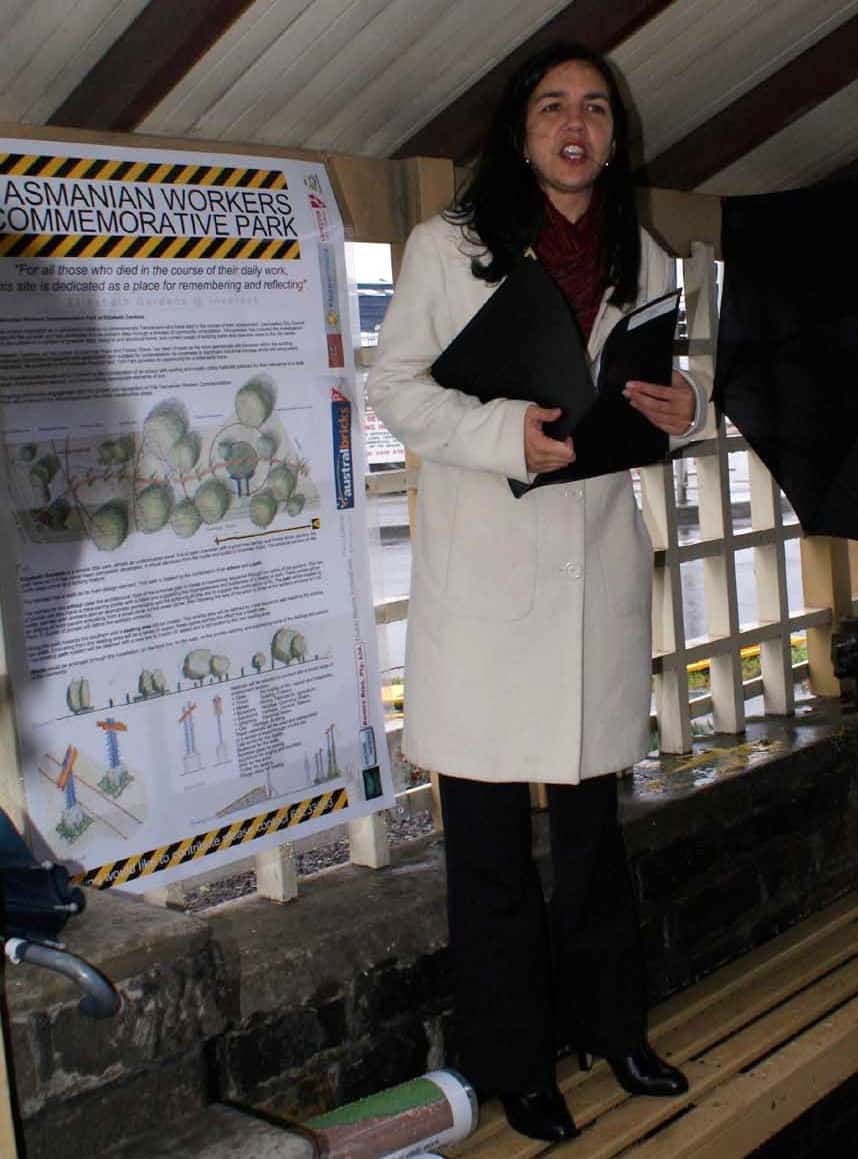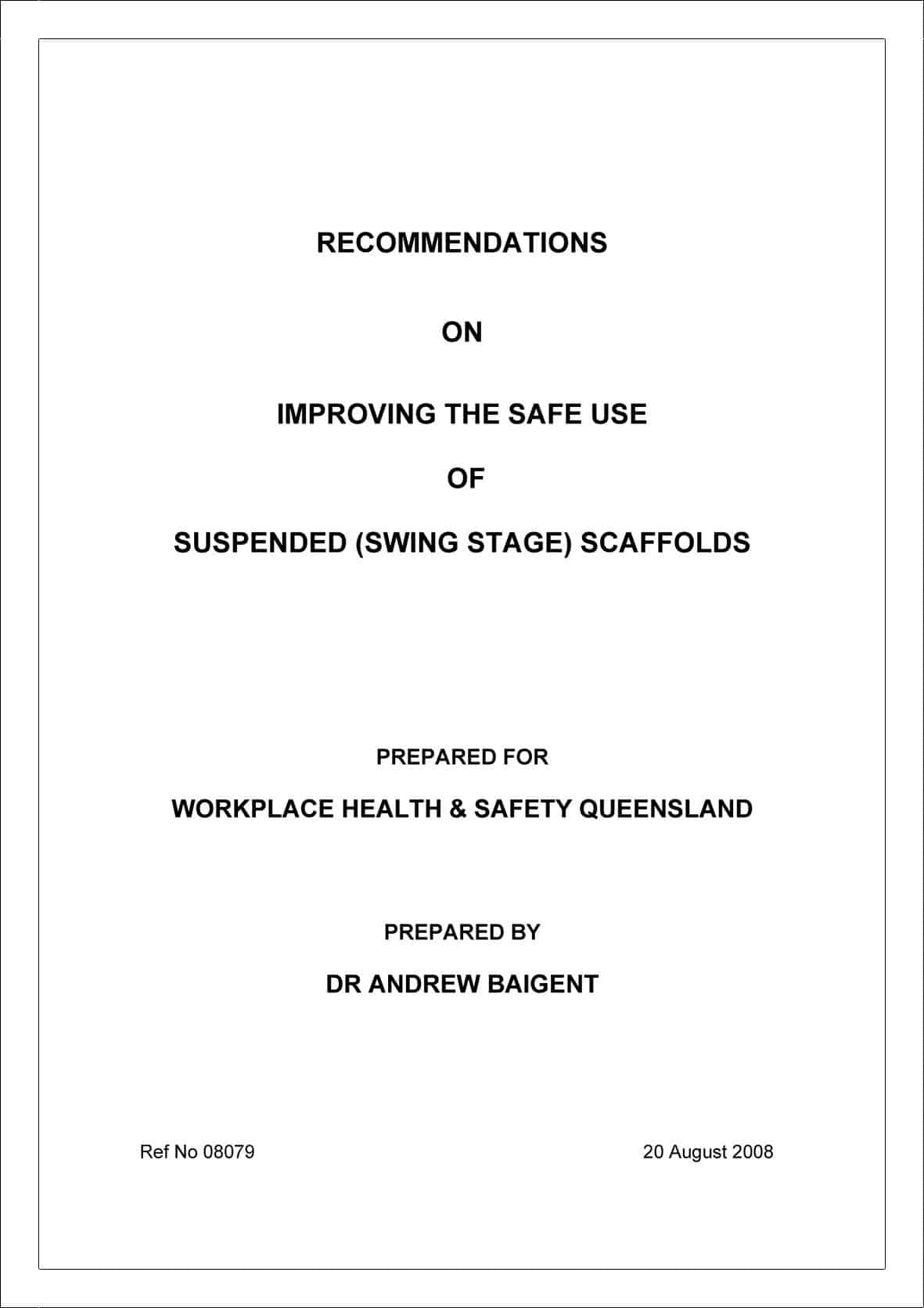In the Sydney Morning Herald on 17 July 2009, Kirsty Needham reported
“Total injuries rose by 2339 (2 per cent) to 142,542”
The media release from the Minister, Joe Tripodi on 15 July pointed out that the injury rate actually fell by 2%. An important point for the article and an error that has already been pointed out to Kirsty by others in New South Wales. Sadly, the error is understandable to those of us who dip into the statistical reports. (SafetyAtWorkBlog reported on the NSW stats previously)
However, this should not be case. Statistics should be supported by clear analyses that allow the layperson to understand, particularly, whether their government agencies’ efforts are providing positive results.
Business “warning”
The alert to New South Wales businesses Kirsty refers to is the regular WorkCover News sent out to businesses in hard copy but also available for download.
Below is an excerpt from the article “Safety matters in hard times”
“Many businesses in NSW and across the country are feeling the effect of the global financial crisis. Some employers are cutting costs and workers want to know what that means for them. For the good of your pocket as well as your people, it’s important you uphold safety at work.
Hard times can hit in a number of ways, and nowhere is this more evident than in the workplace. Some businesses might cut their stationery budget; some might put projects or recruitment plans on hold; others might consider a complete restructure. These decisions can affect more than the bottom line.
One thing to consider is the health and safety of your workers. Pressure and change can cause stress and anxiety. If your workers are distracted they may make mistakes or put themselves at risk. If your workers feel insecure, they may not tell you about new hazards. If you take on jobs you don’t have the capacity to deliver, your equipment and people may not cope. Any of these factors could take a human toll.”
As the newsletter is one of the few that Australian OHS regulators publish in hard copy nowadays it is worth registering for. For non-Australian readers, the site is worth bookmarking if overseas.






